Microsoft today announced the next Long-Term Servicing Channel (LTSC) release for Windows Server called Windows Server 2019. In a blog post today, Erin Chapple, Director of Program Management Windows Server, announced the Windows Server 2019, which will be available in the second half of calendar year 2018. You can try out a Windows Server Preview build through the Windows Server Insider Program today. Microsoft also mentions that System Center 2019 will be available to manage Windows Server 2019 infrastructures.
Windows Server 2019 is built on the foundation of Windows Server 2016 and focuses on a couple of key scenarios. Microsoft in four key areas, Hybrid Cloud, Security, Application Platform and Hyper-Converged Infrastructure (HCI).
Windows Server 2019 – Hybrid Cloud Improvements
As of today Hybrid Cloud is more real than ever. With Windows Server 2019 Microsoft is focusing to improve the customer experience in a hybrid cloud world. Taking advantage of public cloud innovation such as Artificial Intelligence and IoT, and connecting them with on-premise services is a huge enabler for customers. At Microsoft Ignite 2017, Microsoft showed of the Technical Preview of Project Honolulu, a web-based management console for Windows Server. One of the goals of Project Honolulu is to connect Windows Server deployments with Azure services. Together with Windows Server 2019 and Project Honolulu, you can easily integrate services like Azure Backup, Azure File Sync, Azure Site Recovery and much more.
Windows Server 2019 – Security
Security was already one of the big investments in Windows Server 2016. Microsoft does not stop there. With Windows Server 2019 Microsoft brings various security improvements like Shielded Virtual Machine support for Linux VMs and Encrypted Virtual Networks. One of my favorite improvements is the possibility to integrate with Windows Defender Advanced Thread Protection (ATP). ATP was first available for Windows 10 and provides preventative protection, detects attacks and zero-day exploits among other capabilities, into the operating system. This gives customers access to deep kernel and memory sensors, improving performance and anti-tampering, and enabling response actions on server machines.
Windows Server 2019 – Application Platform
One of the key focus of Microsoft for Windows Server, was always on the developer experience. Microsoft brings a couple of improvements to make it the best application platform out there. Microsoft invests in a couple of scenarios such as bringing the Windows Subsystem for Linux (WSL) to Windows Server. Another key investment area are Windows Server Containers and Windows Server Container images. In Windows Server 2019, Microsoft reduces the Server Core base container image to a third of its current size of 5 GB. This will reduce download time of the image by 72%, further optimizing the development time and performance. Another key improvement in terms of Container support is the integration and support for Container orchestrators like Kubernetes.
Windows Server 2019 – Hyper-converged infrastructure (HCI)
The 4th improvement area is the Hyper-converged infrastructure (HCI). With Windows Server 2016 Microsoft released a new feature called Storage Spaces Direct. Together with Hyper-V and other Microsoft technologies, this was great to build you own infrastructure for your virtualization workloads. Windows Server 2019 will bring a lot of improvements for Storage Spaces Direct, Hyper-V and other related technologies. Microsoft is adding scale, performance, and reliability to the platform. Microsoft also partnered with hardware vendors to provide an affordable and yet extremely robust HCI solution with validated design.
What else?
- Windows Server will be GA (generally available) in the second half of calendar year 2018.
- Windows Server will be a LTSC release. LTSC will be the recommended version of Windows Server for most infrastructure scenarios and workloads like SQL Server, SharePoint and Windows Server Software-Defined Datacenter solutions.
- With the LTSC release of Windows Server 2019, Microsoft will allow customers to use the Server with Desktop Experience as well as Windows Server Core. With the Semi-Annual Channel (SAC) release, Microsoft only provides the Windows Server Core option.
- There will be another Semi-Annual Channel (SAC) release at the same time as Windows Server 2019 focusing on Container innovations. The SAC releases will be supported as before for 18 months, while the LTSC releases follow the normal 5+5 year support.
- Licensing will use the same model as Windows Server 2016 today, Microsoft mentions that it is likely that they will increase the pricing for Windows Sevrer Client Access Licensing (CAL), but will share more details later.
With that we can all be very excited for the next LTSC version of Windows Server. Until then the next SAC release of Windows Server, called Windows Server 1803, will be available this spring. The Windows Server, version 1803 will focus on container improvements. If you want to try out, Windows Server 2019 or Windows Server 1803, you can join the Windows Server Insider Program.
Tags: Azure, Container, HCI, Hyper-V, Kubernetes, LTSC, Microsoft, Project Honolulu, SAC, Storage Spaces Direct, System Center, System Center 2019, Windows Container, Windows Server, Windows Server 2019, Windows Server Insider Program Last modified: January 12, 2019
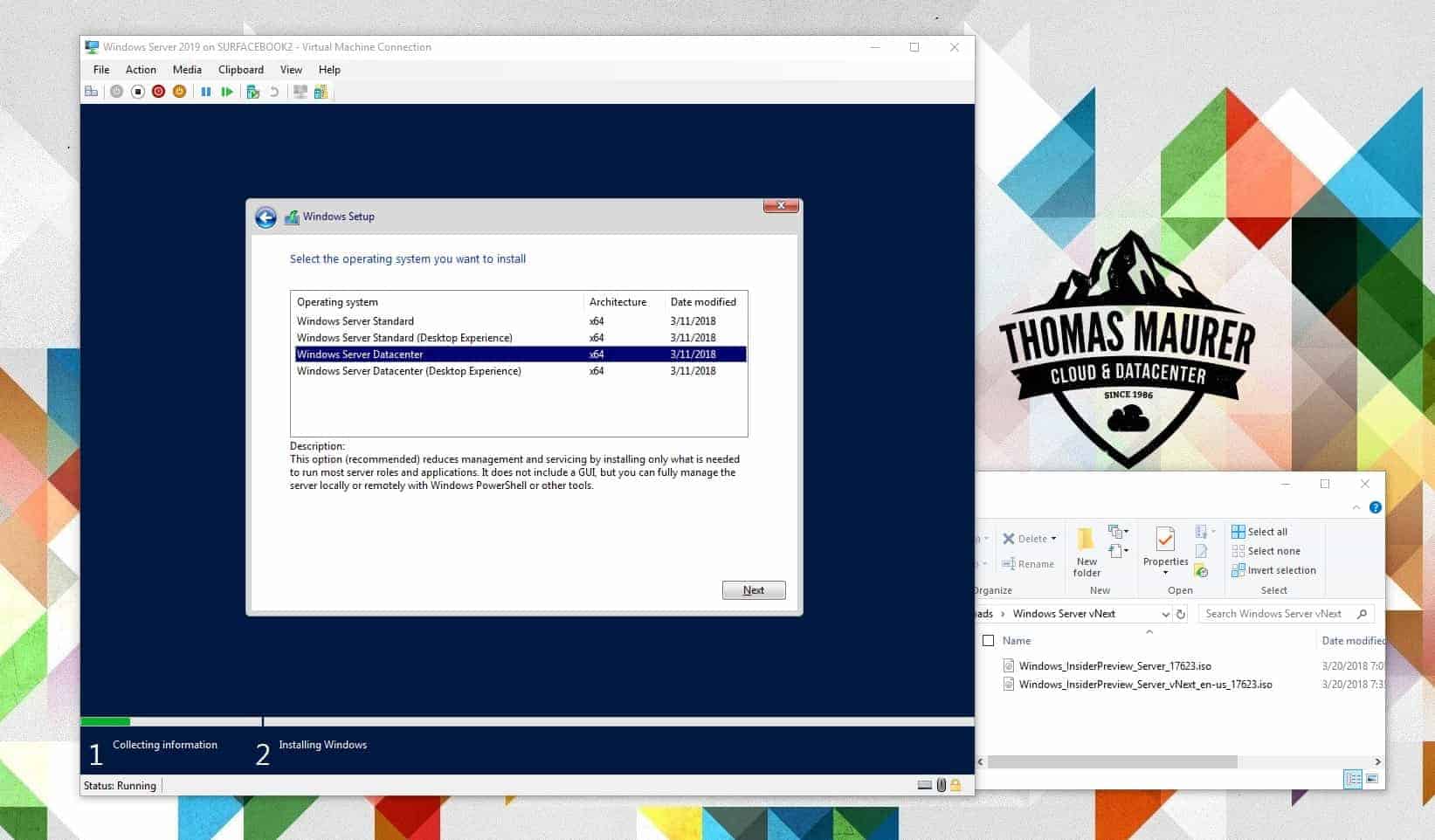
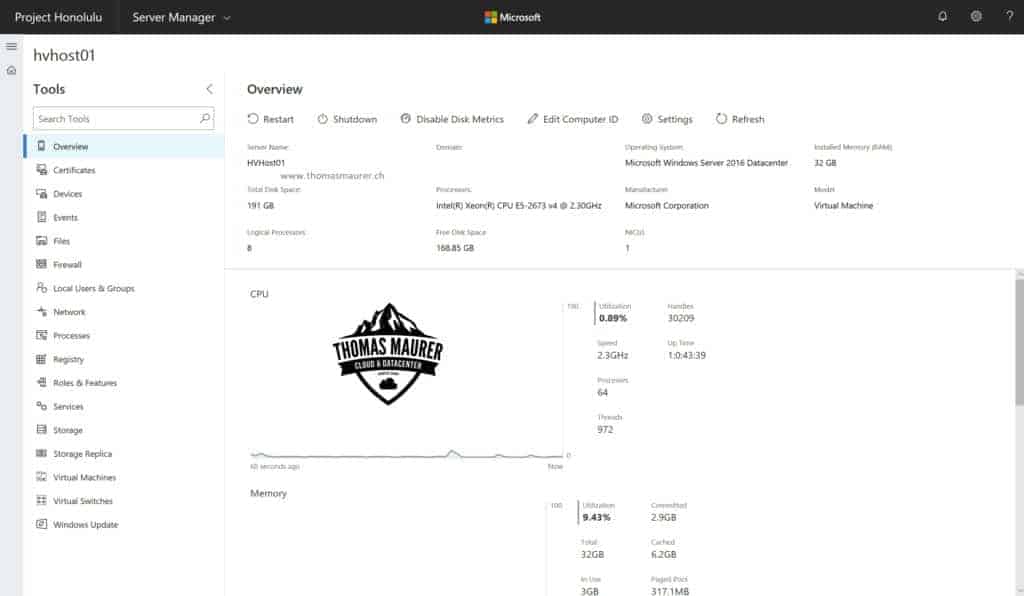
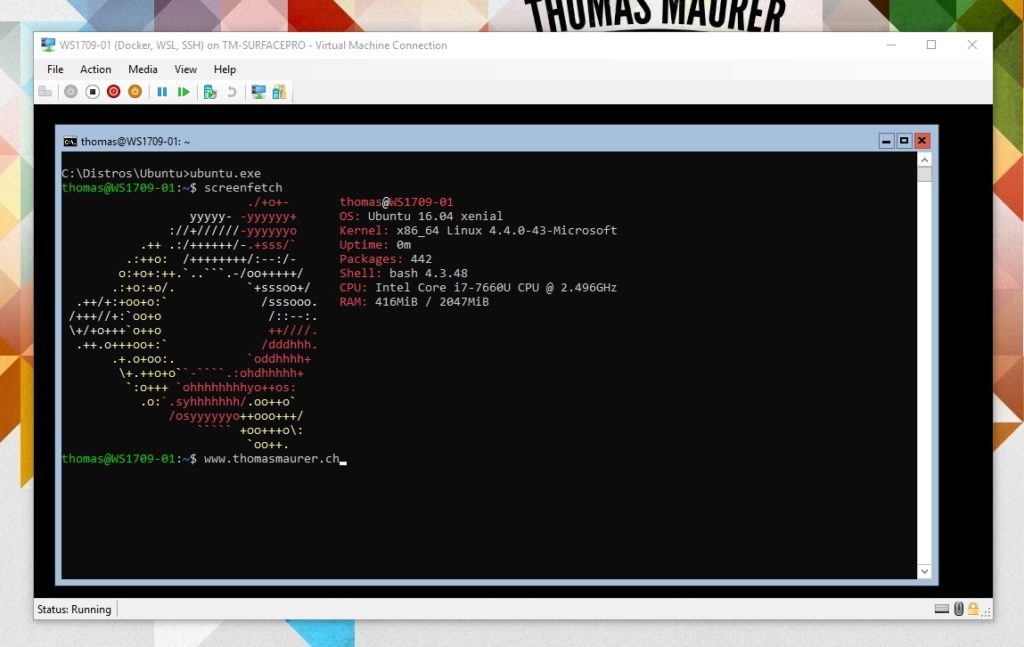


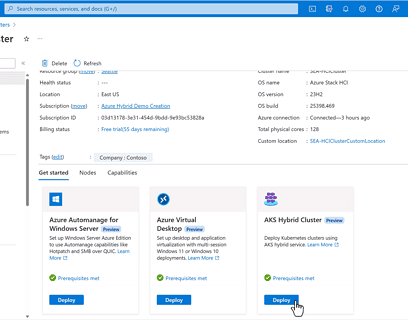
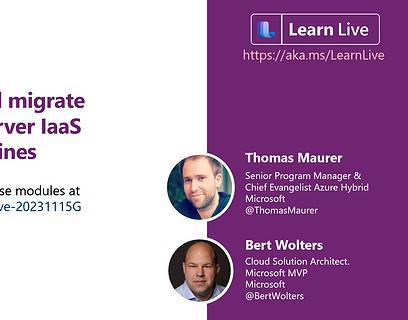
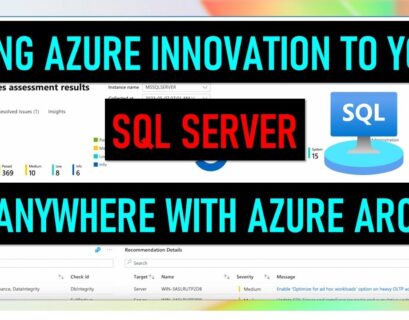





Thanks for a great article, very interesting reading this.
Thanks for the article more informative than reading directly from Microsoft.
Thanks, great to hear you like my posts!